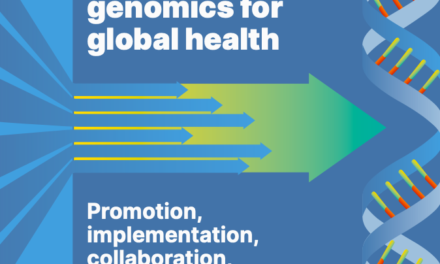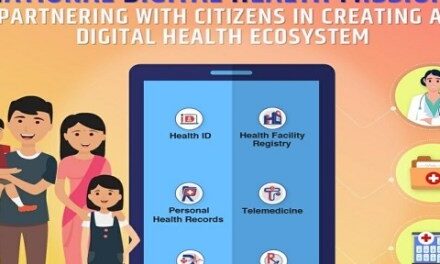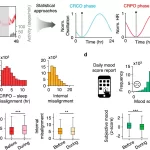In a landmark achievement, researchers at Weill Cornell Medicine in Qatar (WCM-Q) have unveiled a comprehensive molecular map of the human body that could transform our understanding of diseases and their underlying mechanisms. This breakthrough, a result of 12 years of meticulous research, culminated in the development of an innovative interactive tool known as COmics (Connecting Omics). The tool integrates vast amounts of molecular data and provides new insights into conditions such as diabetes, promising to revolutionize future biomedical research.
COmics: A New Frontier in Biomedical Research
COmics offers a dynamic and accessible online platform that allows scientists to delve deep into the molecular intricacies of the human body. The tool is based on extensive multiomics data—comprising genomic, transcriptomic, metabolomic, and proteomic analyses—that explores the interaction between thousands of molecules in blood, urine, and saliva samples. These molecules include DNA, RNA, proteins, metabolites, and more, which are key to various biological functions.
The study, led by Dr. Karsten Suhre, professor of physiology and biophysics at WCM-Q, was published in Nature Communications on August 19, 2024. It integrates findings from the Qatar Metabolomics Study of Diabetes (QMDiab), which involved 391 volunteers from diverse ethnic backgrounds, including Arab, Filipino, and Indian populations. The dataset includes over 6,300 individual molecular data points, creating a rich resource for exploring how genetic characteristics influence diseases like type 2 diabetes.
A Multiomics Approach to Understanding Human Health
Multiomics research, the combination of different “omics” fields like genomics, proteomics, and metabolomics, is an increasingly popular approach for decoding the complexity of human biology. By unifying these layers of molecular information, researchers can uncover the intricate processes that regulate bodily functions and disease progression.
“We aimed to create a comprehensive molecular model of the human body based on more than a decade of multiomics research,” said Dr. Suhre. “The COmics tool is free to access, empowering researchers to investigate molecular processes and generate new hypotheses for testing in future studies.”
The study revealed significant findings, including the identification of distinct proteins and metabolites linked to subtypes of type 2 diabetes. This underscores how diseases manifest differently among individuals and may pave the way for personalized medicine approaches to disease treatment and prevention.
Unveiling the “Molecular Human”
The COmics tool represents a virtual “molecular human,” allowing researchers to explore associations between genetic characteristics, proteins, and metabolic pathways. This innovative resource enables the investigation of complex phenotypic traits—observable characteristics such as physical appearance, biochemical processes, and behaviors—at a molecular level.
“Our integrative omics approach gives researchers access to hundreds of thousands of pathways and associations to explore,” said Dr. Anna Halama, assistant professor of research in physiology and biophysics at WCM-Q, and the study’s first author. “This opens up immense potential for discovery, particularly in understanding the molecular processes that underlie diseases.”
Implications for Disease Research and Future Discoveries
The molecular map generated by COmics is poised to have far-reaching implications for biomedical research. It provides an unprecedented level of detail about the molecular machinery driving human physiology, and researchers believe it will be instrumental in identifying new targets for therapeutic intervention.
This project was made possible through collaborations with Hamad Medical Corporation and was supported by funding from the Qatar Foundation and the Qatar National Research Fund. The extensive resources generated by this study not only provide a roadmap for future discoveries in diabetes research but also serve as a foundational tool for studying other complex diseases.
By offering an in-depth molecular snapshot of human biology, COmics has the potential to shape future medical innovations, leading to better diagnostics, treatments, and possibly even cures for a variety of diseases. With this groundbreaking tool, the future of precision medicine has taken a significant step forward.











